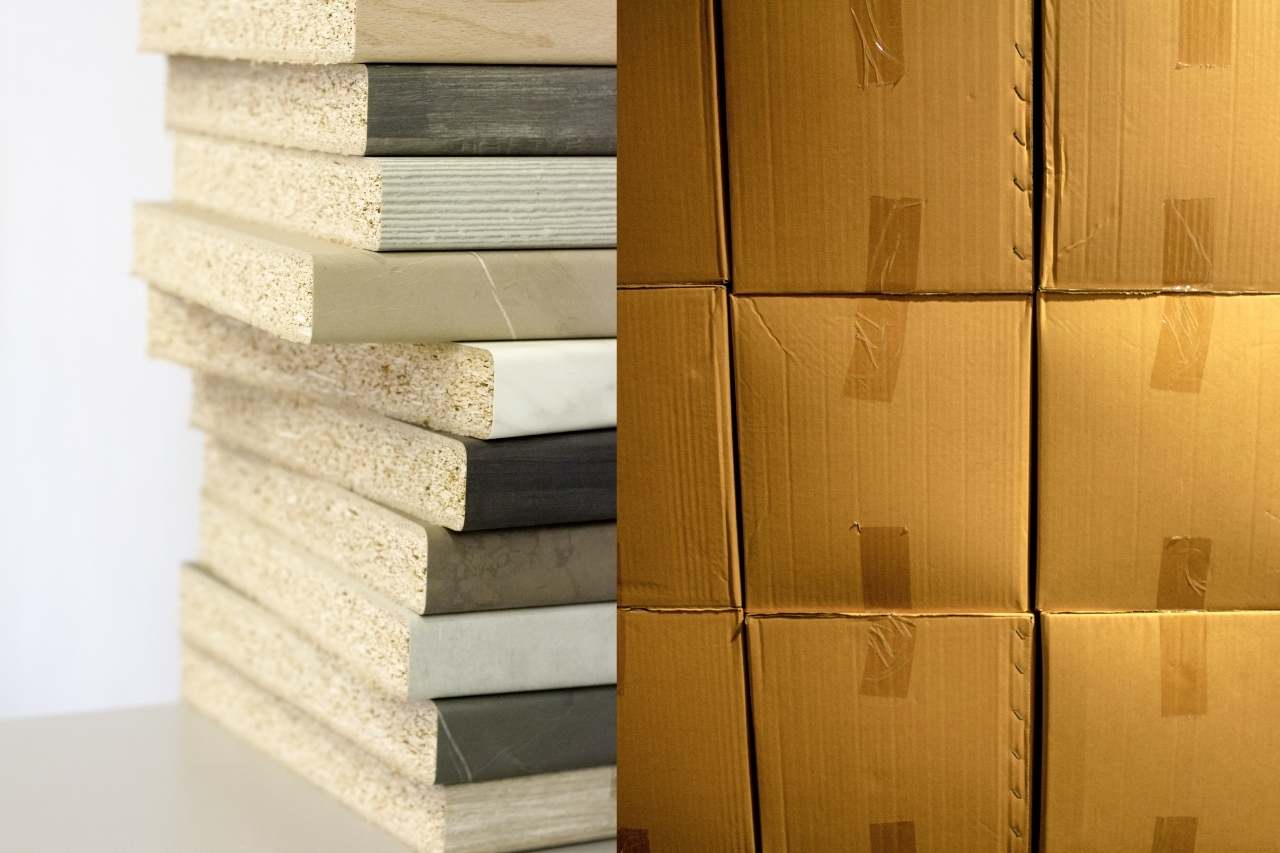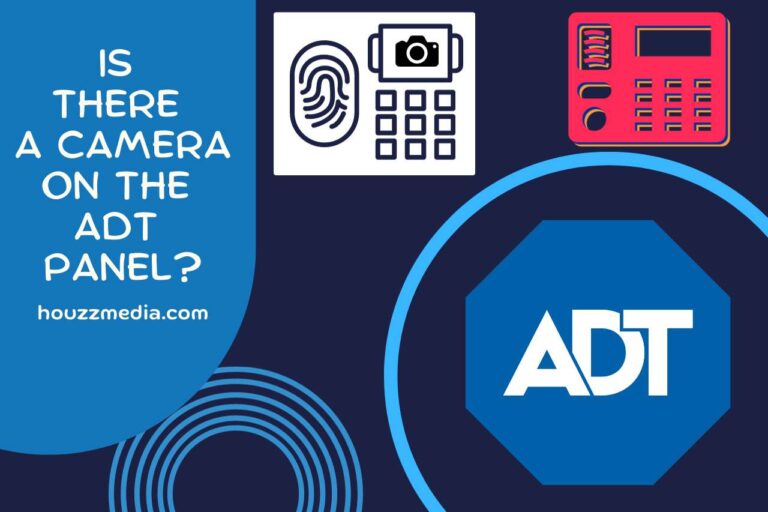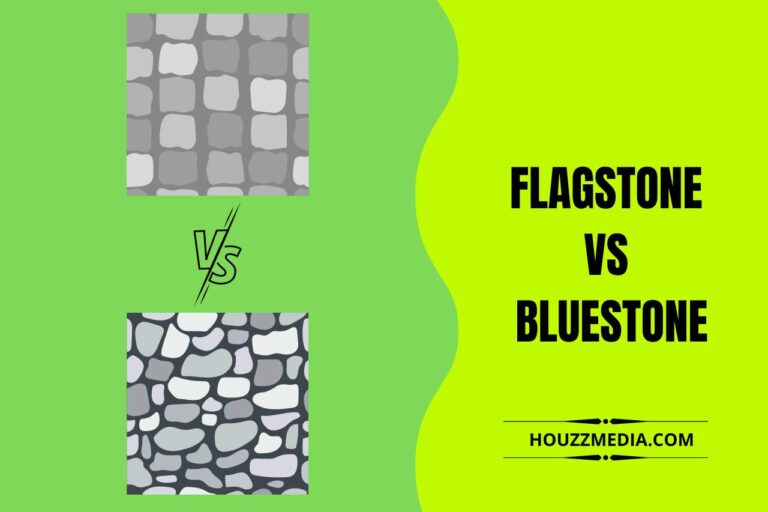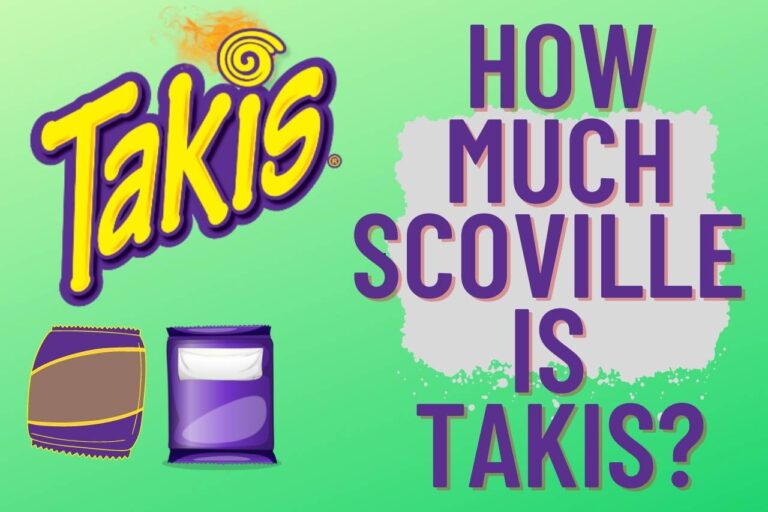Chipboard vs Cardboard : What’s the Difference?
Kids often will leave their toys everywhere in the house, making you extra work. A cute box made to store their playthings will give you a smart solution. Chipboard vs cardboard is an area that you should have followed in choosing the appropriate material for your project on kid’s storage boxes.
We could see a wide range of paper types in the market, like printing paper, cardboard, chipboard, newsprint papers, and laser papers. The materials differ in their thickness, price, durability, etc. Chipboards and cardboards are often met participants if you are handling a business, delivering goods, carrying items when you are moving or organizing the house, etc. Knowing the correct use of both types will prevent you from extra spending and waste of resources.
Chipboard vs Cardboard
These materials can be used in packaging. But there are differences according to their qualities based on the compositions. Let’s clarify chipboard vs cardboard in order to find the perfect match for your desire.
What are Chipboards Made Of?
The name “chipboard” is used for two different materials that also have huge differences in properties. Sometimes, you will find that Chipboards contain wood particles and synthetic resins used for mixing. This is the first type that is harder and more durable than the second type, “chipboards.” The second “chipboards” are a whole-paper product.
Wooden Chipboards – (Type 1 discussed above)- The board is made by subjecting it to high heat and pressing it to a thin layer. Usually, the wood composition is taken from wooden chips, particles of sanding, or sawdust. This kind is also known as particle boards or low-density fibreboards. Wooden-made chipboards are harder than the second type we have discussed below and are used in kitchen countertops, flooring, some furniture, etc.
Paper Chipboards – (Type 2 as mentioned above)- There is nothing other than recycled paper in this type. Used papers have been turned to a pulp in this process. The thickness would be around 0.15mm – 1.25mm. If you need more thickness, you can apply an adhesive to laminate the surface. In this modification, you should make sure to use a water-based adhesive and a board laminator. These are also referred to as solidboards, paperboards, or greyboards. These are used for packaging, book covering, etc.
Special : In this article, we will be referring to paper-made chipboards with the word “chipboards.”
What is Cardboard Made Of?
Cardboards are made of recycled paper. We can see two layers and a corrugated middle in the cardboard.
What is the Difference Between Corrugated Cardboard and Chipboard?
- Cardboard or corrugated is made by combining two flat papers with a wavy middle to provide strength. Chipboard is made of one thick layer of paper.
- Chipboards are manufactured in various thicknesses. Thus, thickness is their categorization fact. Cardboard comes in different weights as per the number of layers present. These are namely single-walled corrugated cardboard, double-walled, and triple-walled.
- Cardboard is more expensive than chipboard.
- Cardboards are ideal when transporting higher-weighted items. Chipboards can be used for light weighted items.
- Chipboards are the best option when it comes to inventory management as it consumes less space than corrugated cardboard. Don’t you feel it is a waste to reserve space for your cardboard packaging when tallying with the rental fees?
- Chipboards are more insects safe than cardboard. As we know, cardboard consists of a middle layer with hollows. Therefore, there is a high chance of insect invasion in cardboard. But as chipboards are only thick single-layered material, the items inside are well-secured from insect harm. This provides a vast relief in food storage or shipping.
- When used in packaging, the cardboard will cost you more than the chipboard in shipping. As the delivery fee is lesser in chipboards, it is a better pickup to save your money.
- Chipboards are the material that matches to store or transport food because the interior is in a constant temperature, reducing the risk of food poisoning and mold growth.
- Chipboards can be used for more protective book covers. Cardboard cannot be used for this purpose as per its weight.
- Chipboard is the best match when arranging your wardrobes rather than more space-gaining cardboard.
What are the Uses of Chipboards?
Now you know that chipboards can only be used in shipping light weighted items. But depending on their thickness, there is a wide range of uses.
Book covers, scraper books, postcards, magazine covers, DIY storage boxes, etc., can be made using chipboards. Often used in the stores for displaying purposes, signages, and product sleeves.
Backing boards, boards used in fabric rolling, and photo frames can also be made from chipboards.
Is Chipboard Better than Cardboard?
Well, here, the answer depends. The perfect match should be selected according to your desire. For instance, if you need efficient inventory management, you should go with a chipboard. But chipboards cannot be used in shipping considerably weighted and bulky items. For that, you will need a cardboard storage box.
Chipboards can be used for displaying boards, storage sleeves, or pallets in stores as the material has a smooth finish when compared to cardboard.
The material composition is the same in both types. Both are made of paper or recycled paper and produced in a variety of colors too.
With these circumstances, now it must be crystal clear to you that identifying an exact winner from the battle, chipboard vs cardboard, is impossible. It depends on the circumstances of the situation.
Can you Print On Chipboard?
Yes, indeed. Chipboards are a popular pickup in letterpress printing. Wedding invitations, business cards, scrapper books, book covers, etc., can be printed from chipboard. Designing the print should be done in order to have a proper color combination with the color of the chipboard you are using. It is evident that the darker shades match well in chipboard printing.
Conclusion
If you are hesitating about whether to use chipboard or cardboard for your crafting project or delivery procedures, this article will clear all your doubts. Here we have also described the instances where the two types match perfectly with reference to the differences.
You May Also Like






